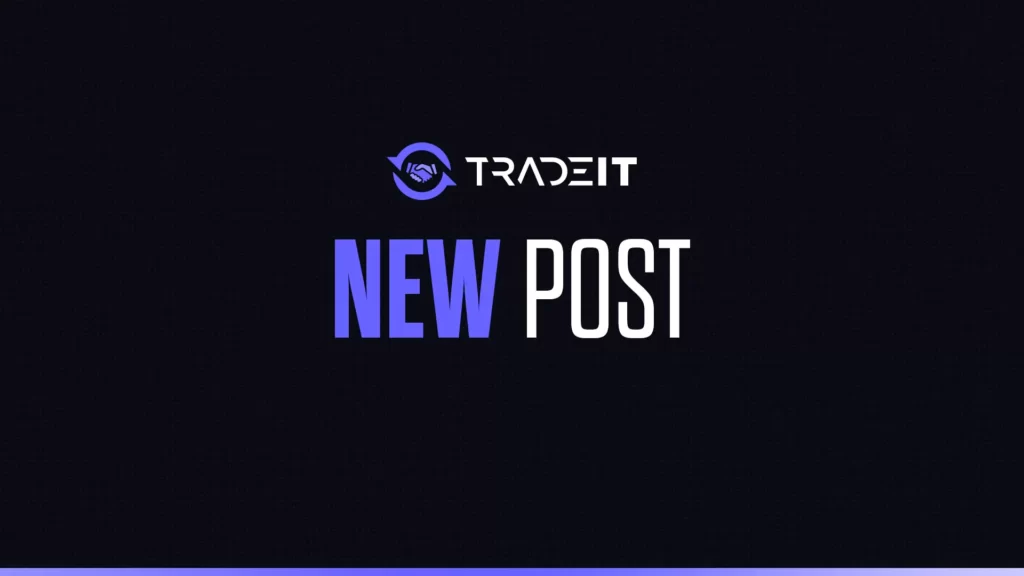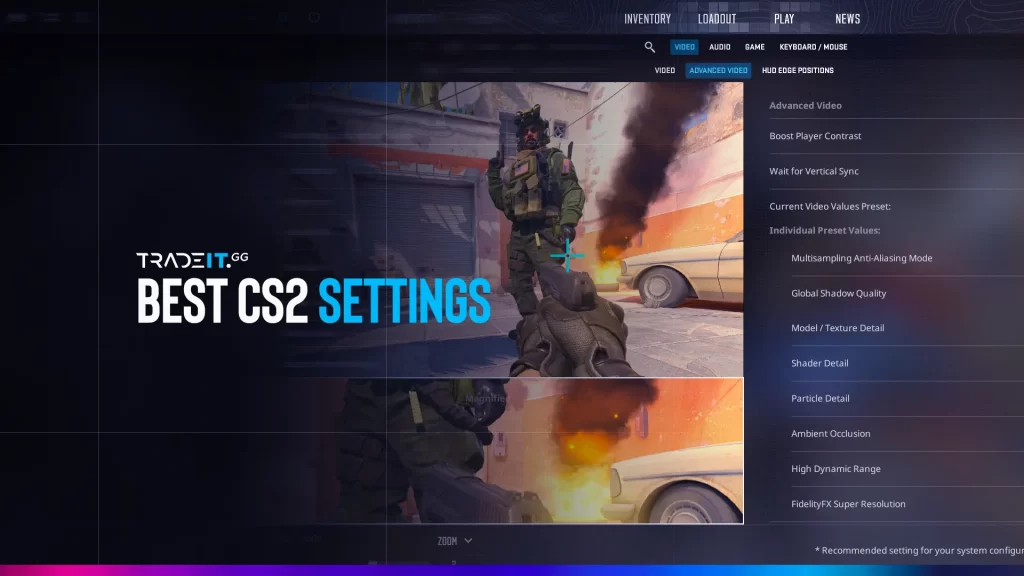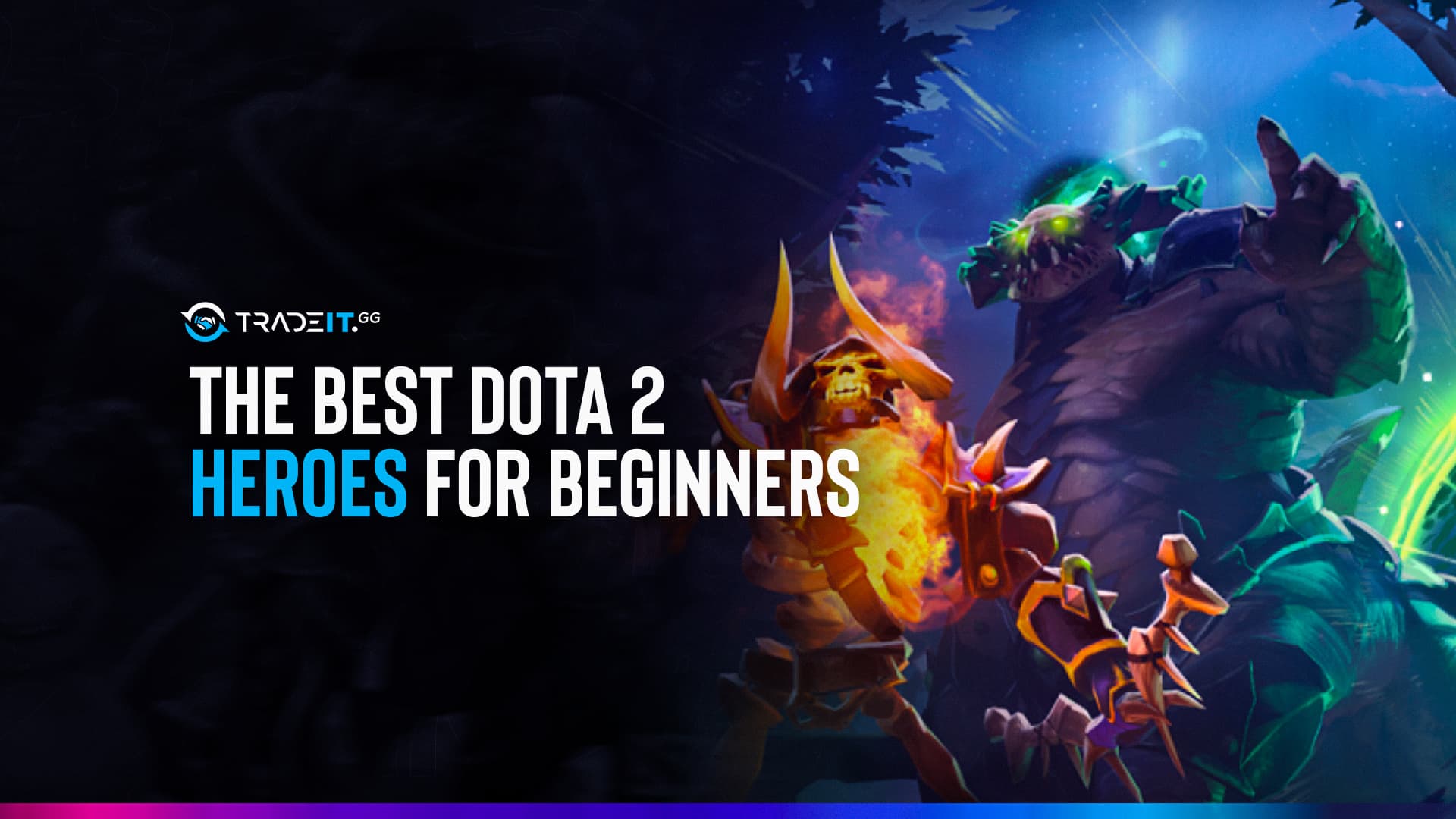Dota 2 is a MOBA game renowned for its deep strategic gameplay and diverse roster of heroes. Each hero brings unique abilities, playstyles, and lore, creating endless possibilities for team compositions and strategies.
A common question among new players alike is this: how many heroes are in Dota 2? This article explores the total number of heroes, their evolution in the game, and the distinct roles they play, with a detailed look at the five primary roles in Dota 2.
Table of Contents
- The Total Number of Heroes in Dota 2
- The Evolution of Heroes in Dota 2
- The Five Roles of Dota 2 Heroes
- Conclusion
- FAQs
The Total Number of Heroes in Dota 2
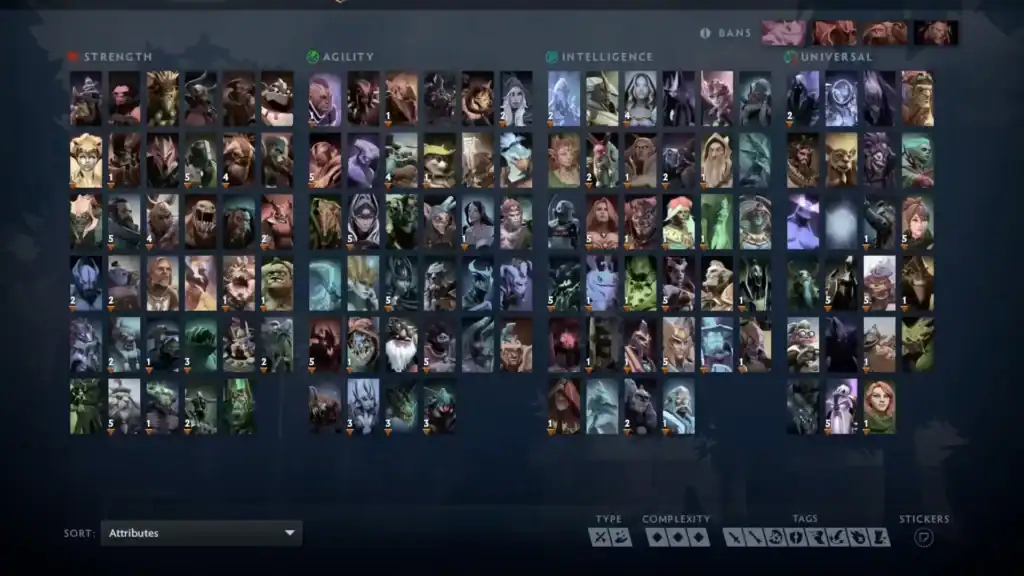
As of August 2025, Dota 2 features a total of 126 heroes. This number has grown steadily since the game’s release in 2013, with Valve adapting and expanding the roster originally inherited from the Warcraft III mod, Defense of the Ancients (DotA).
The original mod, created by the community, laid the foundation for Dota 2’s hero pool, with most of its iconic characters ported over during the game’s early development.
Over time, Valve introduced new heroes, either by reimagining DotA concepts or creating entirely original ones.
The addition of heroes has been a deliberate process, balancing the need for fresh content with maintaining the game’s competitive integrity.
Early heroes like Axe, Crystal Maiden, and Lich were staples from the original DotA, while newer additions like Marci (2021) and Ringmaster (2024) showcase Valve’s commitment to innovation.
Each hero release is accompanied by extensive testing to ensure they integrate seamlessly into the game’s complex ecosystem. Patches and updates often tweak existing heroes while introducing new ones, keeping the meta dynamic and engaging.
The Evolution of Heroes in Dota 2

The journey to 126 heroes has been marked by significant milestones. Dota 2 launched with 108 heroes, a near-complete port of the original DotA roster.
Over the years, Valve added new heroes at varying intervals, often tied to major events like The International, Dota 2’s premier esports tournament.
For example, Monkey King was introduced in 2016, bringing a fresh playstyle with his trickster abilities, while Primal Beast arrived in 2022, adding a durable, disruptive initiator to the pool.
Hero releases are not just about numbers. They reflect Valve’s efforts to diversify gameplay.
Early heroes leaned heavily on classic fantasy archetypes (e.g., knights, wizards), but newer additions like Snapfire and Hoodwink introduced unique mechanics, such as crowd control via cookies or acrobatic mobility.
The gradual expansion ensures that Dota 2 remains accessible to new players while offering depth for veterans. Each hero is meticulously designed, with abilities that synergize with others, encouraging creative strategies and counterplay.
The Five Roles of Dota 2 Heroes
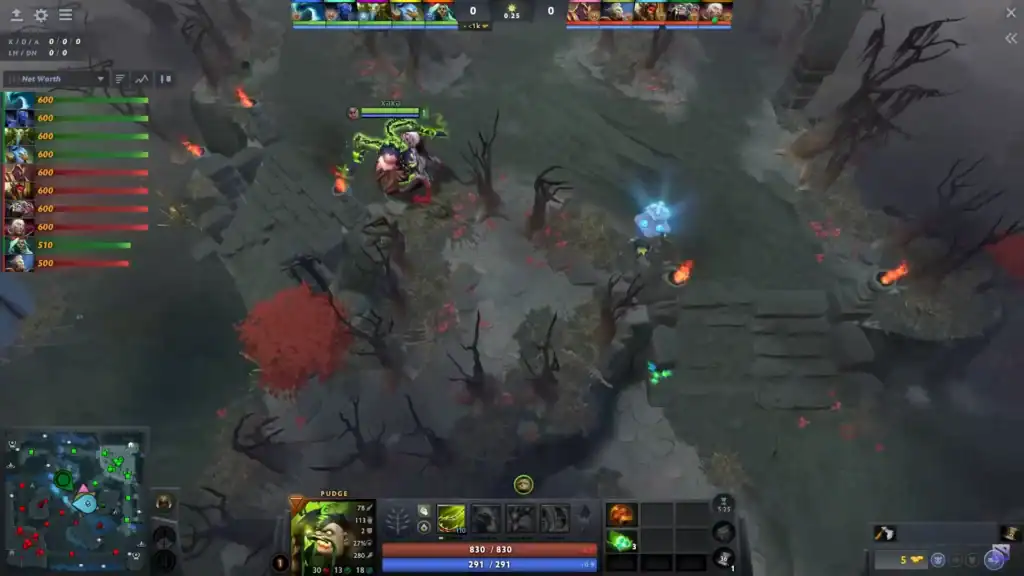
In Dota 2, heroes are categorized into five primary roles: Carry, Mid, Offlaner, Soft Support, and Hard Support. Each of them can be visually customized using skins.
These roles define a hero’s primary function within a team, though many heroes are versatile enough to fill multiple roles depending on the game’s needs. Below, we explore each role in detail.
Carry (Position 1)
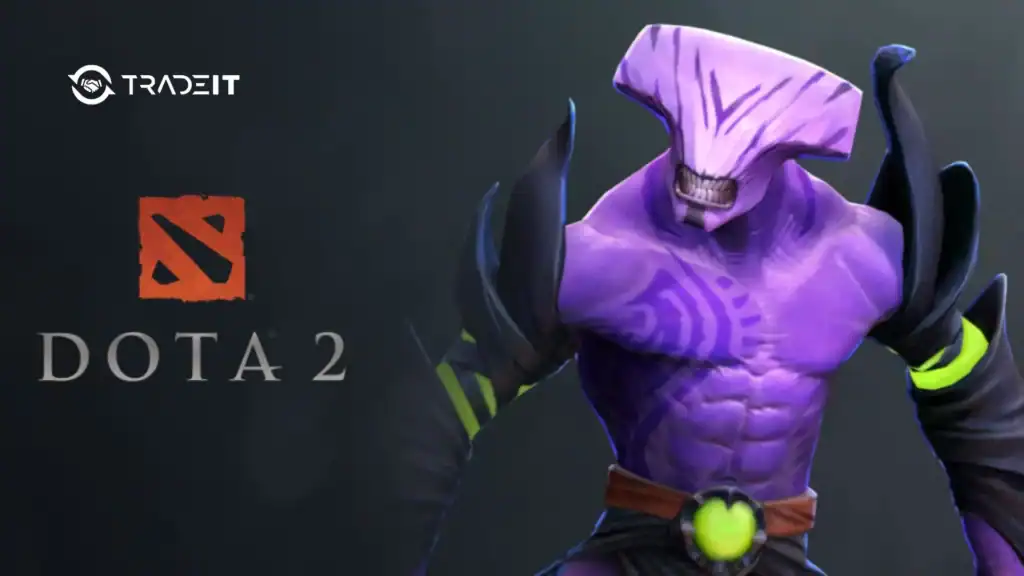
Carries are the team’s primary damage dealers, scaling powerfully into the late game through farm and items. Heroes like Anti-Mage, Spectre, and Phantom Assassin excel in this role, leveraging high-damage abilities or right-click potential to dominate fights.
Early in the game, carries focus on farming creeps to amass gold and experience, often requiring protection from supports. As matches progress, they become the team’s win condition, capable of shredding enemies with items like Black King Bar or Daedalus.
Carries demand strong game sense, as poor positioning can lead to early deaths, delaying their power spikes. Their success hinges on teamwork, as supports and offlaners create space for them to farm.
With 126 heroes, Dota 2 offers a variety of carries, from melee brawlers like Juggernaut to ranged sharpshooters like Sniper, each bringing unique strengths to the battlefield.
Mid (Position 2)
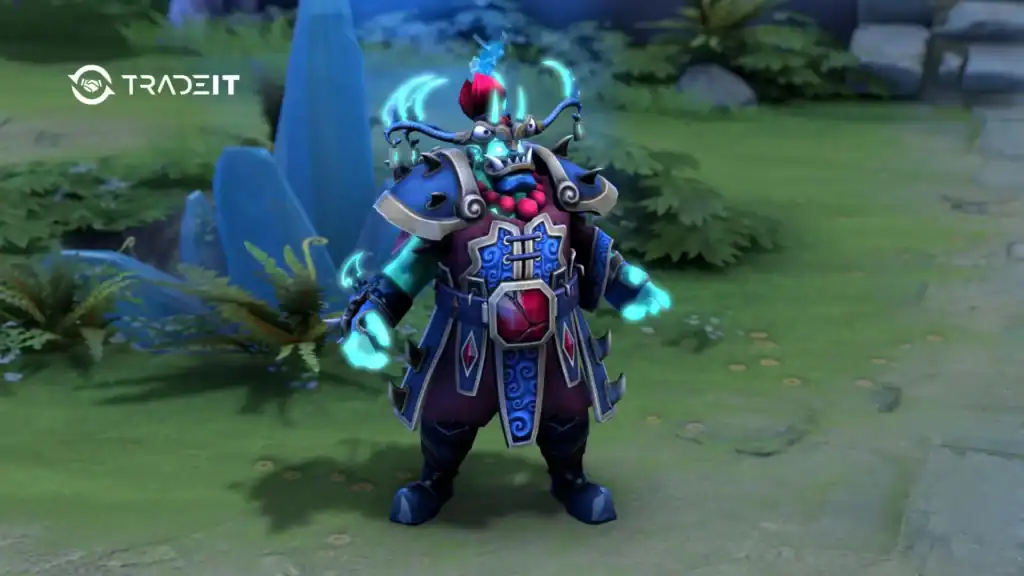
Midlaners occupy the central lane, typically facing a 1v1 matchup that demands skill and precision. Heroes like Storm Spirit, Queen of Pain, and Puck thrive here, combining high burst damage with mobility or control.
Midlaners aim to secure early advantages through last-hitting, denying creeps, and outplaying their opponent. Their role is to snowball into the midgame, ganking side lanes to create pressure or securing key objectives like runes.
Many mid heroes are versatile, capable of transitioning into semi-carries or utility roles depending on the game’s flow. For example, Templar Assassin dominates with precise laning, while Void Spirit’s elusive nature makes him a constant threat.
The mid role requires adaptability, as players must balance farming, fighting, and map control. With Dota 2’s diverse hero pool, midlaners offer endless strategic possibilities, shaping the game’s tempo.
Offlaner (Position 3)
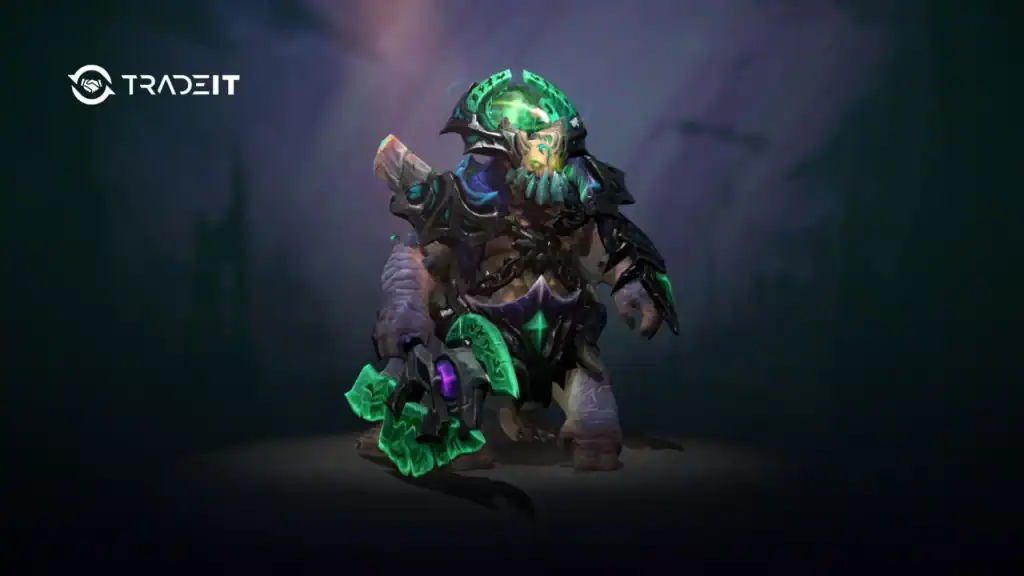
Offlaners, stationed in the harder side lane, are durable heroes who disrupt the enemy’s safe lane carry. Heroes like Tidehunter, Bristleback, and Mars excel in this role, combining tankiness with initiation or crowd control.
Offlaners often face unfavorable matchups, requiring resilience and smart resource management to survive and contribute.
Their primary goal is to harass the enemy carry, deny farm, and create space for their own team’s carry to thrive. In team fights, offlaners initiate or absorb damage, using abilities like Ravage or Arena of Blood to control the battlefield.
Many offlaners scale well with items like Blink Dagger or Vanguard, enabling them to dictate engagements. The role demands map awareness and sacrifice, as offlaners often take risks to disrupt the enemy’s plans.
Dota 2’s 126 heroes include a wide range of offlaners, from aggressive brawlers to strategic initiators.
Soft Support or Roamer (Position 4)

Soft supports, or position 4 heroes, are versatile playmakers who roam, gank, and provide utility. Heroes like Earth Spirit, Tusk, and Hoodwink shine here, offering crowd control, burst damage, or vision.
Unlike hard supports, soft supports prioritize impact over babysitting, often rotating to secure kills or objectives. They excel at setting up fights with stuns, slows, or silences, enabling their cores to capitalize on opportunities.
Soft supports also secure wards or stack camps but focus on aggressive plays, like Mirana’s Sacred Arrow or Snapfire’s cookie-stun combos. Their flexibility allows them to adapt to various team needs, whether it’s early ganks or midgame disruption.
With limited farm, soft supports rely on cheap items like Force Staff or Glimmer Cape to stay effective. Dota 2’s diverse hero pool ensures a wealth of soft support options, each adding unique flair to the role.
Hard Support (Position 5)
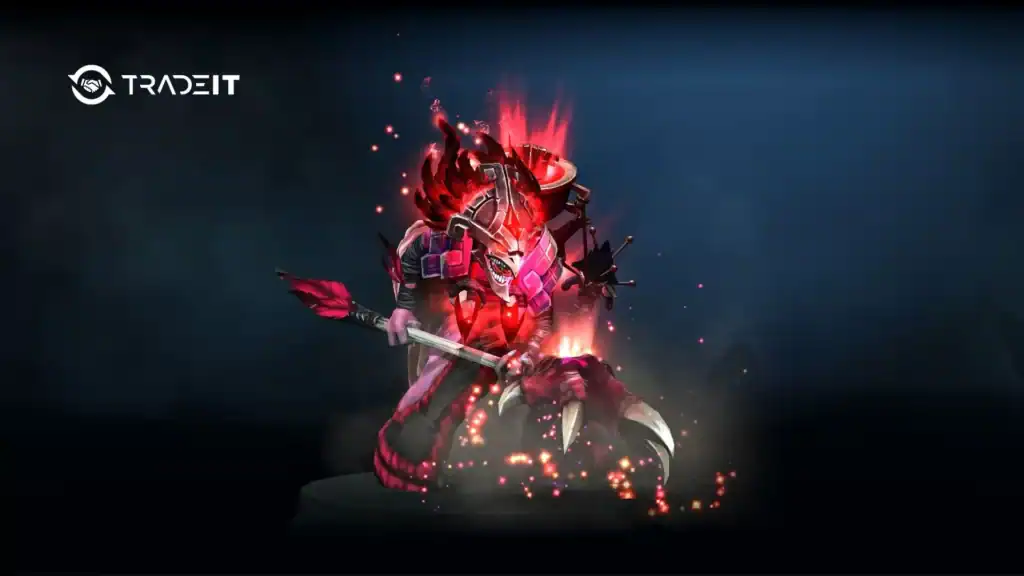
Hard supports are the backbone of the team, prioritizing vision, protection, and sacrifice. Heroes like Crystal Maiden, Lich, and Oracle excel in this role, offering heals, shields, or crowd control to keep allies alive.
Position 5 players focus on warding, dewarding, and babysitting their carry in the early game, often at the cost of their own farm.
Hard supports must master positioning, as they’re often targeted first in fights. Their role is selfless, creating opportunities for cores to shine while surviving on minimal resources.
With 126 heroes, Dota 2 offers a wide range of hard supports, from defensive healers to aggressive disablers, ensuring teams have the tools to succeed.
Conclusion
Dota 2’s 126 heroes form the heart of its strategic depth, with each addition carefully crafted to enhance the game’s complexity.
From the original DotA roster to modern additions like Ringmaster, the hero pool has evolved to offer unparalleled variety. The five roles, Carry, Mid, Offlaner, Soft Support, and Hard Support, provide distinct playstyles, ensuring every player can find a niche.
FAQs
There are 126 heroes in Dota 2 as of August 2025. This number includes both original characters from DotA and new heroes introduced by Valve.
The last Dota 2 hero, named Kez, was released on November 7, 2024.
Dota 2 officially launched with 108 heroes, most of which were directly ported from the original DotA mod.
Yes. Unlike many other MOBAs, all 126 heroes are available for free to every player, without any unlocking required.
Heroes are divided into five primary roles: Carry, Mid, Offlaner, Soft Support, and Hard Support—each offering distinct playstyles and team functions.



